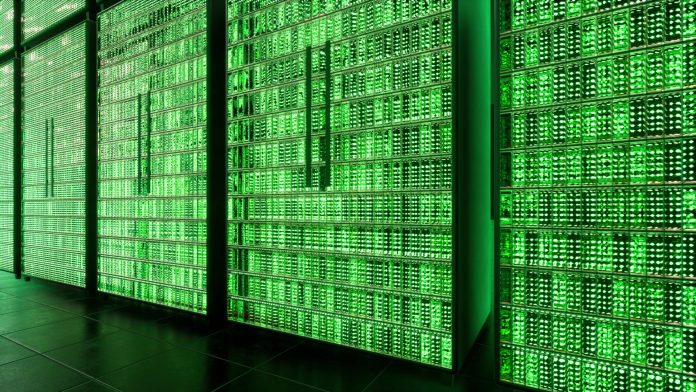A data center is a facility in which computers and telecommunications equipment are housed. The three schools are business, engineering, and computer science. Data centers have become more important with the prominence of cloud computing, as they provide the infrastructure necessary for businesses to offer cloud services.
There are four main categories of data center design.
The first is a systems room layout where the equipment is at the center with raised floors and powered by independent uninterruptible power supply units. This configuration reduces cable length, cost, power usage, noise levels, installation time, and improves cooling efficiency. The next is using an office building for new construction.
While this is cheaper than constructing a data center, it has higher costs in energy usage and cooling, security, and management. The next is the colocation layout where equipment is rented out space in an existing facility designed to host server racks.
This reduces the need for new physical infrastructure while providing ample cooling and power capacity along with the ability to monitor energy usage. Lastly, is a hybrid design using existing infrastructure and new construction of modular data centers integrated together to form a scalable solution.
The future of data center designs will include advancement in cooling technology, power generation technology, and advanced communications infrastructure that can handle high-bandwidth applications such as video conferencing.
Follow Data Center Frontier
Data centers are known to be huge facilities that house millions of computer systems, servers and networking equipment all in one place. For most users, data centers seem like a rare and secretive place, where powerful servers are used to store sensitive information of various organizations. Do you know that some data centers also house wildlife?
Data centers can be built inside caverns or underground caves for better cost versus benefit ratio; hence they are sometimes called “data mines”. But if we go past this and look at the bigger picture, we will see that data centers are not just used for storing sensitive data.
They also play a huge role in powering our day-to-day lives over the internet by providing us with free services like search engines and email platforms. Data centers are no longer secretive or rare facilities. They have become a common infrastructure for organizations all over the world.
Sustainable Data Center Infrastructure
A sustainable data center infrastructure is important to protect the environment and to ensure that the data center can continue to operate. The main challenges in creating a sustainable data center infrastructure are the amount of energy that is used and the amount of waste that is produced.
In order to reduce the amount of energy that is used, data centers should be designed for maximum efficiency. This can be done by using efficient power supplies, cooling systems, and servers. In addition, the data center should only be as large as necessary, and it should be located close to the users so that less energy is needed to transport data.
The amount of waste that is produced by a data center can be reduced by using recyclable materials and by reducing the amount of waste that is produced during the construction and operations of the data center. Waste can be recycled or reused as much as possible, and hazardous wastes should be disposed of as safely as possible. For example, some data centers use forms of liquid cooling which require large amounts of water to dissipate heat. In some cases that water is actually used for cooling, but in other cases it is collected and recycled for use elsewhere.
Data centers are the foundation of today’s information economy, so it is important to make them as sustainable as possible. Reducing energy usage, waste production, and increasing efficiency will allow data centers to continue operating without damaging the environment.


